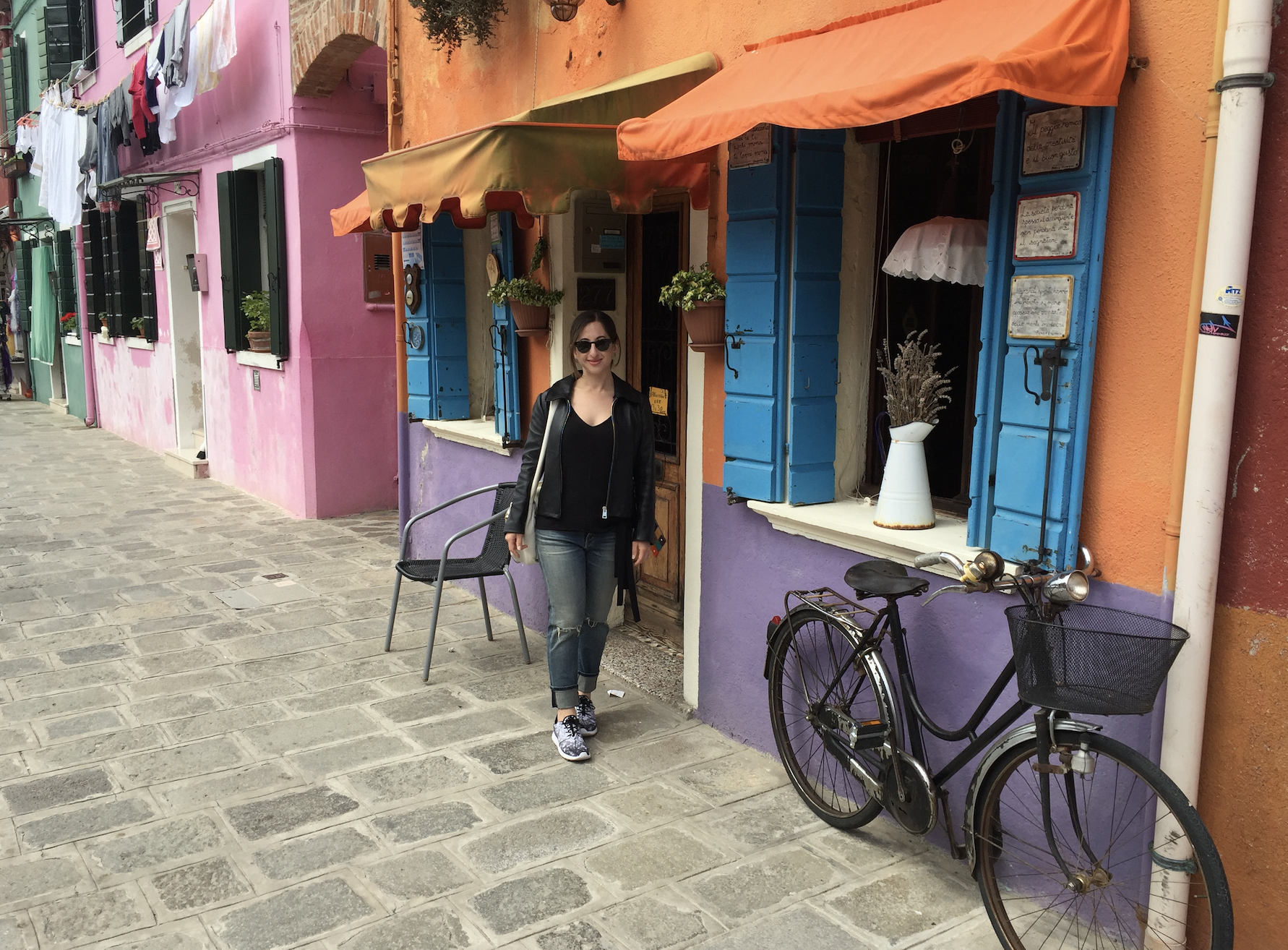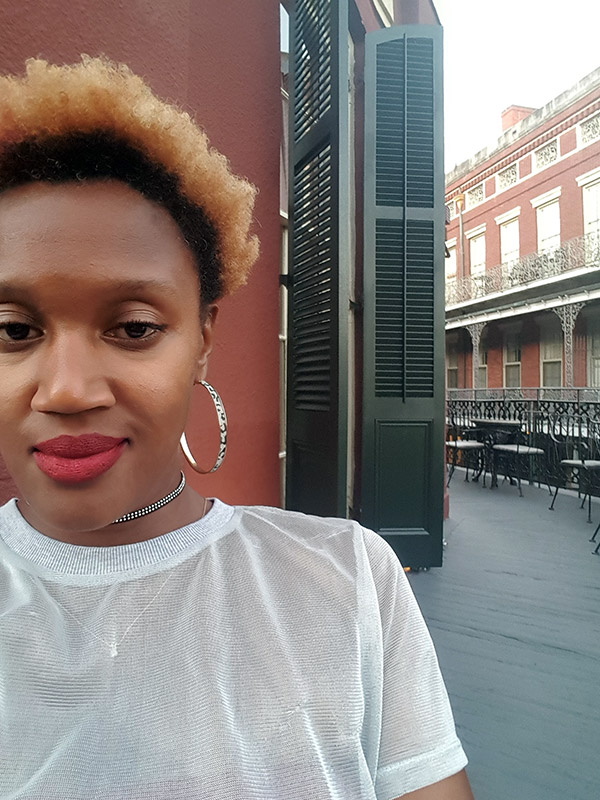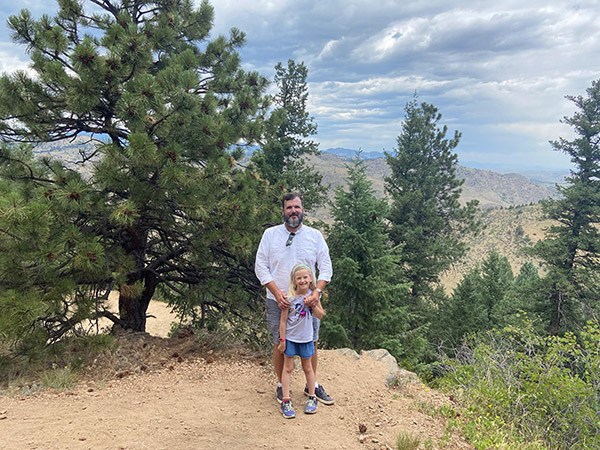Do You Need an Ad Hoc or Traditional Communication Strategy?

The digital age has redefined the way brands and their audiences communicate. With the rise of social media, brands have more tools in their back pocket than ever before for genuine, rapid-response relationship building. However, that doesn’t mean they should do away with the traditional communications strategies that require longer-term planning and implementation. Let’s break down the differences between these two common types of communications strategy and the importance of utilizing both for a company’s success.
Ad hoc or rapid response campaigns
Responsive social media campaigns are a good example of this type of process. They provide ample opportunity for personal dialogue between company and customer, making it easier to engage with and influence stakeholders across many different platforms. Live-tweeting an event or publishing “behind-the-scenes” content on Instagram Stories, for example, gives consumers an opportunity to follow along and respond in real time. Website chat boxes also allow immediate and direct dialogue, and are a faster and simpler mode of contact than either email or phone calls. Ad hoc campaigns are more reactive, and therefore perfect for producing temporary solutions in response to communication crises, customer complaints or even commendations.
Why social media marketing matters
According to an Institute of PR study, 78% of adults who use the internet are active on social media, and this number continues to grow every year. Business-savvy brands are leveraging the power of social networking in order to reach the masses. Followings allow brands to amplify their message in a more targeted manner, and result in a more loyal customer base. In addition, rather than simply measuring the success of marketing efforts in sales, social media allows measurement of different success metrics, including the effects of engagement with consumers. (Yep, mentions, “likes” and shares all make a difference!) Social media also provides brands with the opportunity to gain the trust of their audience. Customers want to know that their favorite companies are easy to reach and open to hearing what they have to say, and one-on-one dialogue via platforms like Facebook, Twitter and Instagram make it possible to do just that. (Just look at the way brands like KFC and Quantas engage with consumers on Twitter. Not only are their social posts snarky and hilarious, it is refreshing to see brands communicate with their customers.)
Long-term strategic campaigns
In comparison, long-term campaigns are carefully researched, crafted, and executed. Plans like these involve creative efforts that are well thought-out and detail-oriented, and often presented to a specific audience for advertising or publicity purposes. This is a more traditional tactic, as it is about crafting meaningful messages and strategically rolling them out in a way that achieves results. Long-term campaigns might include a combination of the following: website building and design, press releases, advertising materials, speech writing, company presentations, live events and webinars.
Why formal communication campaigns are necessary
Multi-faceted long-term campaigns are irreplaceable in building a solid reputation as a company, because the process requires an all-encompassing approach to designing your brand, creating messaging that resonates with your target audience, and executing a step-by-step plan to spread that message. By nature, the tasks involved are proactive, ensuring that every presentation reflects the company’s business objectives before it’s released to the public. To obtain a holistic view of what’s working (or not working) for a company, this kind of campaign is invaluable.
How to integrate social media and traditional campaigns to create an effective communication strategy
The rise of social media has revolutionized what it means to “connect” with clients, customers, and the general public, but this doesn’t negate the power of expertly-crafted and intentional campaigns in accomplishing a brand’s initiatives. In fact, ad hoc marketing without a long-term strategy can lead to inconsistent branding and a confused audience. Here are a few ways to get the best from both worlds:
-Pinpoint a specific company objective for each social media action taken. For example, publicize a promotion or host a giveaway on Facebook that exposes potential customers to a new product.
-Take brand awareness to the next level. Don’t stop at simply producing content to be seen by as many people as possible; prepare and send out a message that strongly articulates the brand’s mission and resonates with your target audience.
-Encourage in-house marketing and outsourced agency expertise to work together on a cohesive communication strategy. The closer the partnership, the more consistent the branding.
-Choose your platforms carefully. Not every company needs to be using every platform. Decide which one(s) are most useful for your objectives, and focus on creating a thorough campaign.
-Measure the effects of social media against tangible goals. How has your social media campaign contributed to sales revenue? -How does it compare to more traditional strategies? Knowing the answers to these important questions can help to refine or hone the overall communication strategy going forward.
Communication strategy is of the utmost importance when it comes to branding your business. Simply knowing the difference between traditional and ad hoc campaigns is the first step in creating an integrative and effective campaign that will cut through the clutter and set your company apart from the rest.






























































